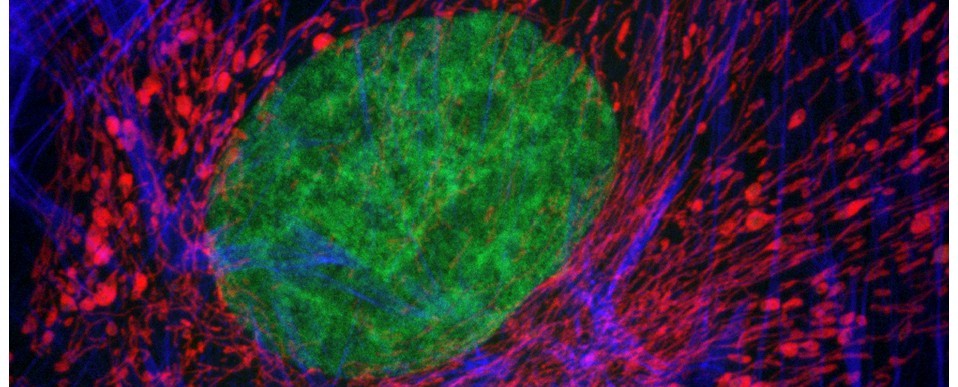What microscopy/bioimaging equipment do you consider essential to your research? Please take the 5 minute survey. Your response will help inform our long-term strategy for bioimaging.
AJH

What microscopy/bioimaging equipment do you consider essential to your research? Please take the 5 minute survey. Your response will help inform our long-term strategy for bioimaging.
AJH
The Bioimaging Hub has recently completed work in digitising the School’s extensive histopathology slide repository. Over 400 histological sections, encompassing both normal and pathological tissues, were painstakingly scanned and digitised in high resolution using the facilities Objective Imaging Surveyor slide scanning system. The datasets, totalling 4TB, have been converted into the Zoomify .ziff image file format to enable easy and rapid on-line browsing, zooming and navigation (similar to that of Google Earth) and calibrated to allow feature measurement. The image files have been linked, via thumbnails, to a database that captures all relevant metadata for each histological section (filename, tissue type, organ system, species, section plane, histological stain, section ID, supplier, objective magnification etc) to facilitate easy sorting and data retrieval. The database is currently set up on a basic Linux server within the facility; however, to cope with concurrent file access by large numbers of up to 150 students, it will require a permanent home on a dedicated server within the School. With further development, the resource promises to have fantastic potential for teaching, research and public engagement within BIOSI. Thanks to all concerned who have taken the project this far…
AJH
The old SEM room (BIOSI 2; E/0.04) has now been refurbished as a dedicated widefield microscopy suite via School support. The refurbishments include new electrical and internet connections, benching, secondary glazing and black-out blinds. The suite hosts a broad range of modern transmitted light and epifluoresence systems including (from left to right):
All of the systems are available for use with or without technical support and are suitable for a wide variety of research purposes, including student projects.